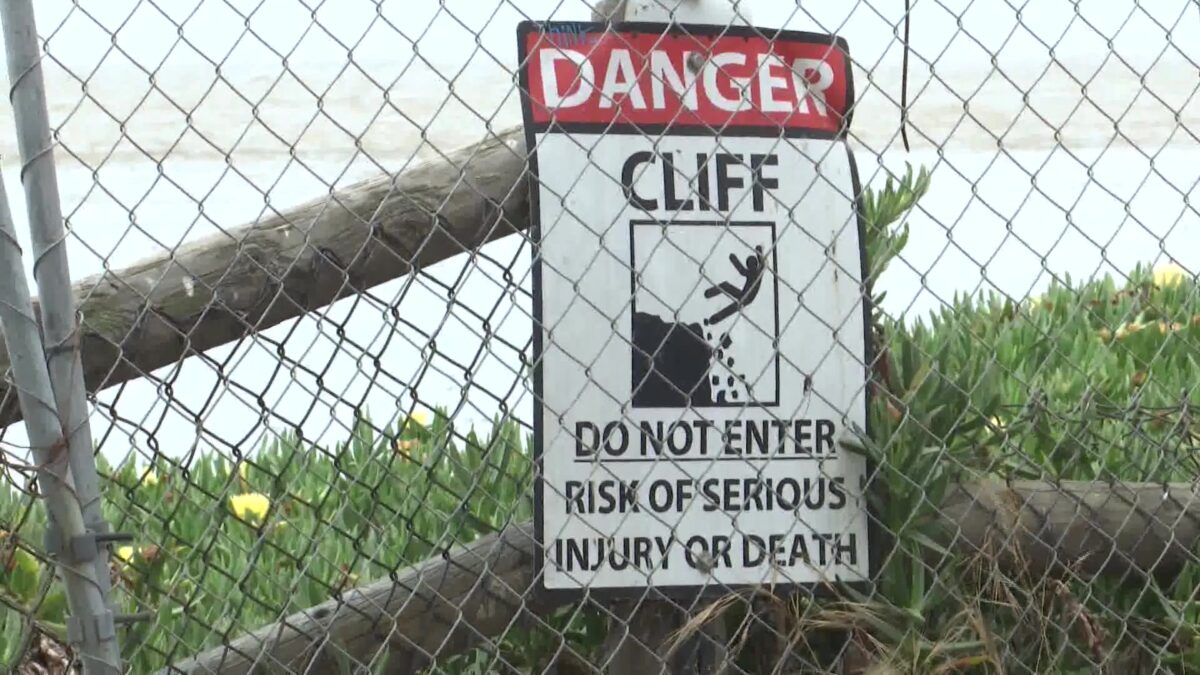Climate change, climate patterns, and rising sea levels cause growing threat to the bluffs in Isla Vista

Christa Kurkjian
ISLA VISTA, Calif. — The bluffs in Isla Vista are a prime example of how erosion is speeding up along California’s coastline. There is a growing threat to coastal homes because of rising sea levels and climate change.
Charles Lester, the Director of UC Santa Barbara’s Coastal Policy Center, posed an important question that experts are studying year after year, “How do we deal with an eroding shoreline that’s going to be eroding even faster?”
Historically, the Isla Vista bluffs erode at an average rate of six inches per year, but Lester warned that six inches might turn into six feet if the current trend continues. Lester explains that even though this isn’t a perfect science, it is a well developed science that points to the sea levels increasing rapidly.
Lester added, “Rising sea levels is going to mean that those waves are going to be hitting further back and with more energy over time as the levels of the ocean get higher.”
Additionally, the changing climate patterns are causing more problems for the homes along Del Playa Drive. In February 2024, several balconies of those homes collapsed into the ocean.
“But I like to think of it as a, as a spectrum. It’s, you know, it’s a front row of homes on the cliff, and Isla Vista are the ones that are in danger now, and in ten or 20 or 30 years, they’re going to be in even more danger. That doesn’t mean the next row of houses in danger, right?” Lester added.
Santa Barbara County runs a monitoring program to stay ahead of the erosion. They step in once buildings get too close to the edge. Some homeowners have proposed building seawalls, but Lester is skeptical and doesn’t think that is a good long term solution. UC Santa Barbara is developing its own long-term plan to adapt to sea level rise and protect the campus coastline.